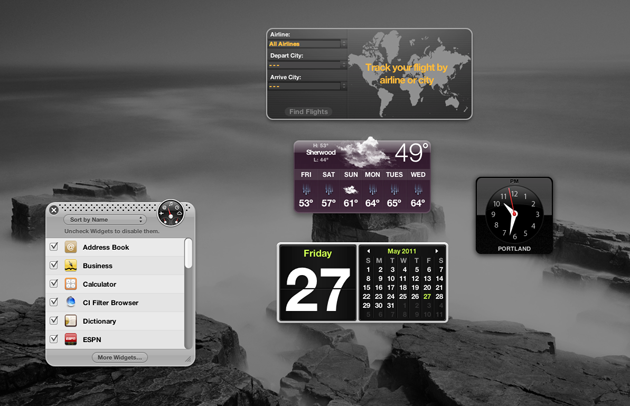

- Apple webkit app infrequentlynoted update#
- Apple webkit app infrequentlynoted driver#
- Apple webkit app infrequentlynoted Bluetooth#
“This bug could be abused as part of a multi-stage attack, stage 0 would be to infect the system, stage 1 would then be do things like access the user’s location, access the mic/webcam, modify system preferences, etc.,” he told Threatpost.

Apple webkit app infrequentlynoted driver#
Notable macOS flaws that were addressed include a logic issue in FaceTime (CVE-2020-3881) that could allow a local user to view sensitive user information an information disclosure issue stemming from the Intel graphics driver (CVE-2019-14615) that could allow a malicious application to disclose restricted memory.įinally, a logic issue was fixed in TCC, or the privacy protection system in macOS, (CVE-2020-3906) that could allow maliciously crafted applications to bypass code signing enforcement. According to Patrick Wardle, principal security researcher with Jamf, who discovered this flaw, the vulnerability means “a local unprivileged attacker or malware could generate synthetic clicks, allowing the majority of security and privacy prompts to be bypassed.”
Apple webkit app infrequentlynoted Bluetooth#
Other iOS vulnerabilities of note include a Bluetooth flaw (CVE-2020-97700), stemming from a logic issue, that could enable an attacker “in a privileged network position” intercept Bluetooth traffic a use after free issue (CVE-2020-9768) in the iOS image processing tool that could allow an application to execute arbitrary code with system privileges and, a logic issue (CVE-2020-3891) in the Messages app that could allow a person with physical access to a locked iOS device to respond to messages – even when replies are disabled. The first was a memory initialization issue (CVE-2020-3914) that could allow an application to read restricted memory the second was memory corruption issues (CVE-2020-9785) in the kernel potentially allowing a malicious application to execute arbitrary code with kernel privileges. The attackers would need to first persuade victims to process maliciously crafted web content.Īffected are iPhone 6s and later, iPad Air 2 and later, iPad mini 4 and later, and iPod touch 7th generation as well as macOS Mojave and macOS High Sierra, and included in macOS Catalina.Īpple also disclosed two kernel vulnerabilities affecting iOS and macOS.

Apple also addressed a memory corruption issue (CVE-2020-3895, CVE-2020-3900), and a memory consumption issue (CVE-2020-3899) that could could enable attackers to launch code execution attacks.įinally, the tech giant also fixed an input validation bug in WebKit (CVE-2020-3902) that could allow attackers to launch a cross-site scripting attack. This flaw could be exploited if an attacker persuades a victim to process maliciously crafted web content, according to Apple. The issue “was addressed with improved memory handling,” according to Apple.Īnother type confusion issue (CVE-2020-3901) was found in WebKit, that could lead to arbitrary code execution. An attacker can leverage this vulnerability to execute code in the context of the current process.” By performing actions in JavaScript, an attacker can trigger a type confusion condition. “The specific flaw exists within the object transition cache. “This vulnerability allows remote attackers to execute arbitrary code on affected installations of Apple Safari,” Dustin Childs, manager with Zero Day Initiative, told Threatpost. This specific flaw could be abused by a remote attacker – but user interaction is required to exploit the vulnerability in that the target must visit a malicious page or open a malicious file. Type confusion flaws are caused when a piece of code doesn’t verify the type of object that is passed to it, and uses it blindly without type-checking. The most severe of these vulnerabilities is a type confusion bug (CVE-2020-3897) in WebKit.

While Apple typically is initially tight lipped when it comes to vulnerability details in security updates, it did outline eight flaws that were fixed in Apple’s WebKit browser engine, which could enable anything from cross-site scripting (XSS) attacks to remote code execution in iOS and Safari.
Apple webkit app infrequentlynoted update#
Users for their part are urged to update to iOS 13.4, Safari 13.1 and macOS Catalina 10.15.3. Of the CVEs disclosed, 30 affected Apple’s iOS, 11 impacted Safari and 27 affected macOS. The most serious flaw in this latest security update, released Tuesday, exists in the WebKit and could enable remote code execution. Apple has released a slew of patches across its iOS and macOS operating systems, Safari browser, watchOS, tvOS and iTunes.


 0 kommentar(er)
0 kommentar(er)
